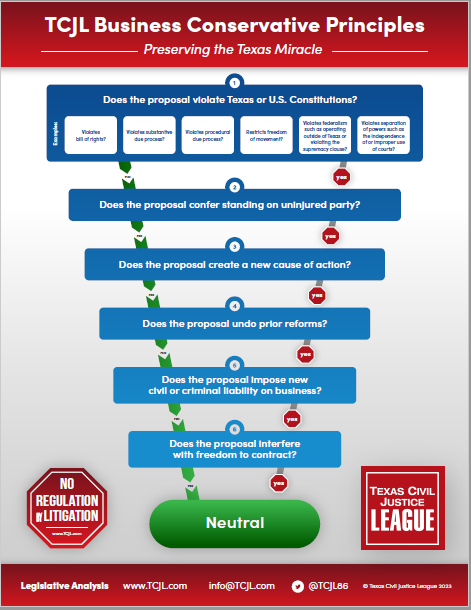
Justice Jane Bland
The Texas Supreme Court has advised the U.S. Fifth Circuit Court of Appeals that Texas defamation law extends to a defendant whom the plaintiff cannot prove made a defamatory statement but can prove that the defendant was involved in its publication.
Jane Roe v. Leighton Paige Patterson; Southwestern Baptist Theological Seminary (No. 23-40281; No. 24-0368, accepted May 10, 2024) arose from a 2015 lawsuit brought by a former student against the seminary and its president alleging defamation and failing to protect her from sexual assault. A federal district court granted summary judgment for Defendants. Plaintiff appealed. The Fifth Circuit affirmed in part and certified in part.
The Fifth Circuit’s request focuses on two statements Plaintiff alleged to be defamatory. The first came from a press release by the president’s lawyer that Plaintiff “had given . . . many contradictory statements.” The Fifth Circuit agreed with the district court that the statement could be interpreted as accusing Plaintiff of being untruthful. Plaintiff, however, failed to prove damages for mental anguish because she presented not direct evidence of “the nature, duration, and severity of the mental anguish, which caused a substantial disruption in the claimant’s daily routine” (citations omitted). As to the first defamatory statement, therefore, the 5th Circuit affirmed the district court.
The certified question, however, arose from second allegedly defamatory statement. This statement came from a letter submitted by seminary donors to the seminary’s board of trustees, in which the donors defended the president and made several allegations about Plaintiff, including that she had engaged in consensual sexual activities in campus buildings, lied about the rape, texted nude pictures of herself to the alleged perpetrator, and made false statements to police. Plaintiff argued that the president is vicariously liable for making these statements because his assistant participated in supplying information for and drafting the letter. This assistant also provided a draft of the letter to the president’s lawyer for approval and communicated the president’s appreciation of the letter after it was published. “We are persuaded,” the Court wrote, that the summary judgment evidence creates a genuine issue over whether [the assistant] was indeed acting as [the president’s] agent and ‘for the accomplishment of the objective of the agency,’ during his involvement with the letter” (citations omitted). However, the Court could not conclude, based on Texas law, whether “assuming agency, [the president] can be liable for the allegedly defamatory statements in the letter.”
Consequently, the Court determined asked for SCOTX’s response to two questions: (1) whether a person can be held liable for supplying defamatory material to another for publication; and (2) “if so, [whether] a defamation plaintiff [can] survive summary judgment by presenting evidence that a defendant was involved in preparing a defamatory publication, without identifying any specific statements made by the defendant.”
In an opinion by Justice Bland, SCOTX responded in the affirmative to both questions. First, the parties agreed that a person who supplies defamatory material to another person for publication can be liable for defamation if the supplier intended or knew that the defamatory statements would be published. Since Plaintiff did not plead special damages for the republication of the donor letter, however, the Court did not reach the issue of “the precise mental state required to find liability based on further repetition of defamatory material.”
As to the second question, the Court opined that a plaintiff can survive summary judgment by presenting evidence by showing that defendant was the source of the information “without adducing evidence of the specifics of an underlying communication.” This burden can be satisfied by direct or circumstantial evidence, including “that the defendant made the same defamatory statement to others, that the defendant had unique or personal knowledge of the defamatory content and details, or that publishers relied on the defendant to support the truthfulness of the allegedly defamatory statements.”
This decision appears absolutely correct to us (as we would, of course, expect it to be from this Court). If the president of the seminary had gotten off the hook here, it would have created a sizable loophole through which a defamer could escape liability by passing on the information to another for publication, disclaim any intention of ever intending to publish the information by other means. The decision at least allows a plaintiff to get beyond the summary judgment stage and have the opportunity to put on the case.












